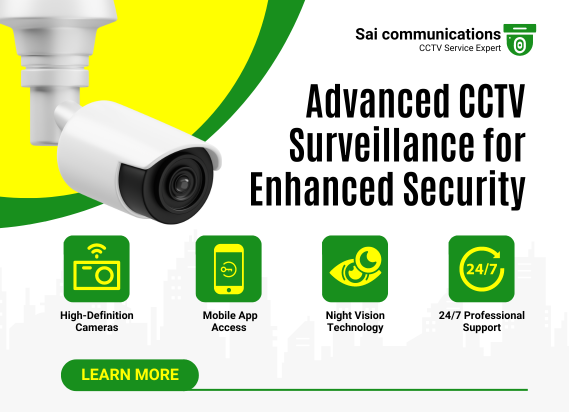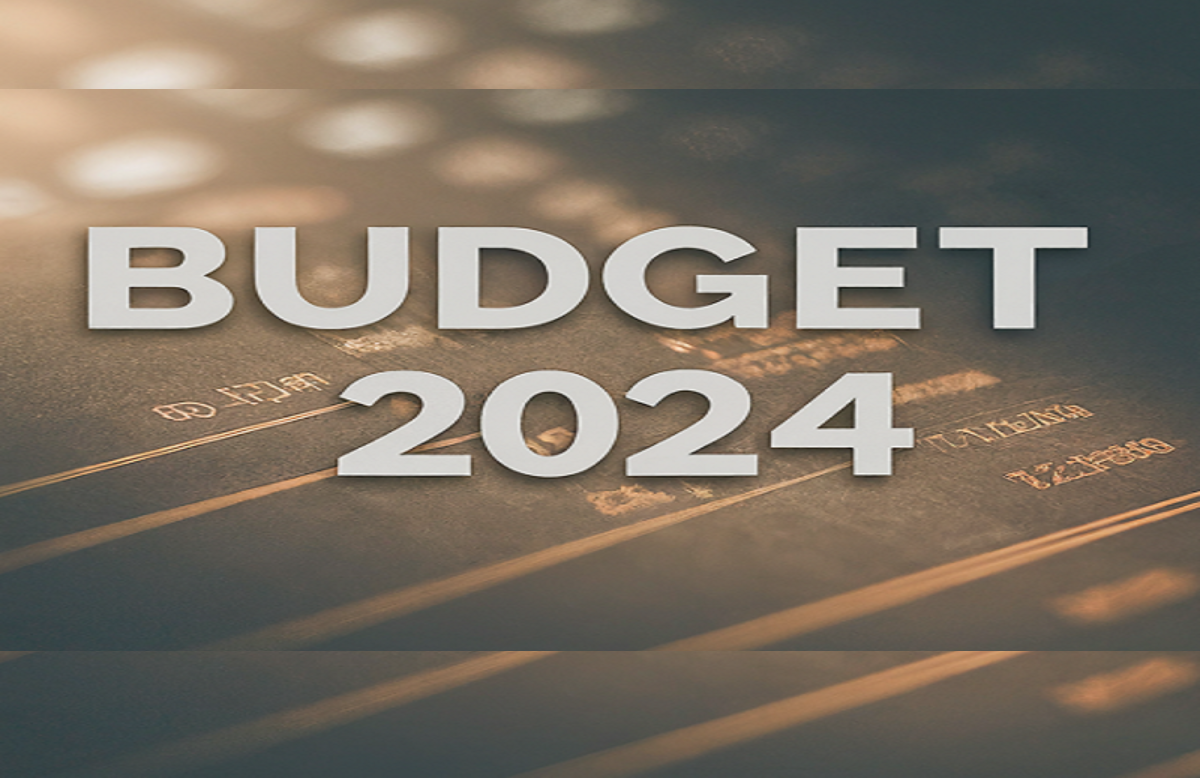I neglect my talents
AI-Powered Analytics: AI is transforming CCTV surveillance by enabling the analysis of vast amounts of footage to identify patterns and anomalies. This technology helps security teams make better and faster decisions by automating the detection of suspicious activities, such as unauthorized access or unusual behavior (Pelco) (Ambicam).
Edge Computing: This involves processing data at the camera level rather than a central server, reducing latency and bandwidth requirements. Edge analytics allow real-time analysis and rapid response to security events, enhancing efficiency and speed (Ambicam).
Thermal Imaging: Thermal cameras are becoming popular for their ability to detect heat signatures, making them effective in poor lighting conditions. They are particularly useful for detecting intruders in complete darkness (Ambicam).



360-Degree and Panoramic Cameras: These cameras provide comprehensive coverage, reducing blind spots and the number of cameras needed. They often include dewarping software to focus on specific areas in detail (Ambicam).
Mobile Surveillance: With advancements in mobile technology, security personnel can now monitor CCTV systems remotely using smartphones and tablets. This increases flexibility and improves response times (Ambicam).
Cloud Technology: Cloud-based storage and video management are on the rise, offering scalable storage solutions and remote access to video feeds, which facilitate better data management and analysis (Pelco).
Privacy-Enhancing Technologies: As surveillance expands, privacy concerns are being addressed with technologies like anonymization, video masking, and encryption to protect personal data while ensuring effective security (Ambicam).
For more detailed information, you can check the articles on the latest CCTV surveillance trends from Pelco and Ambicam.



